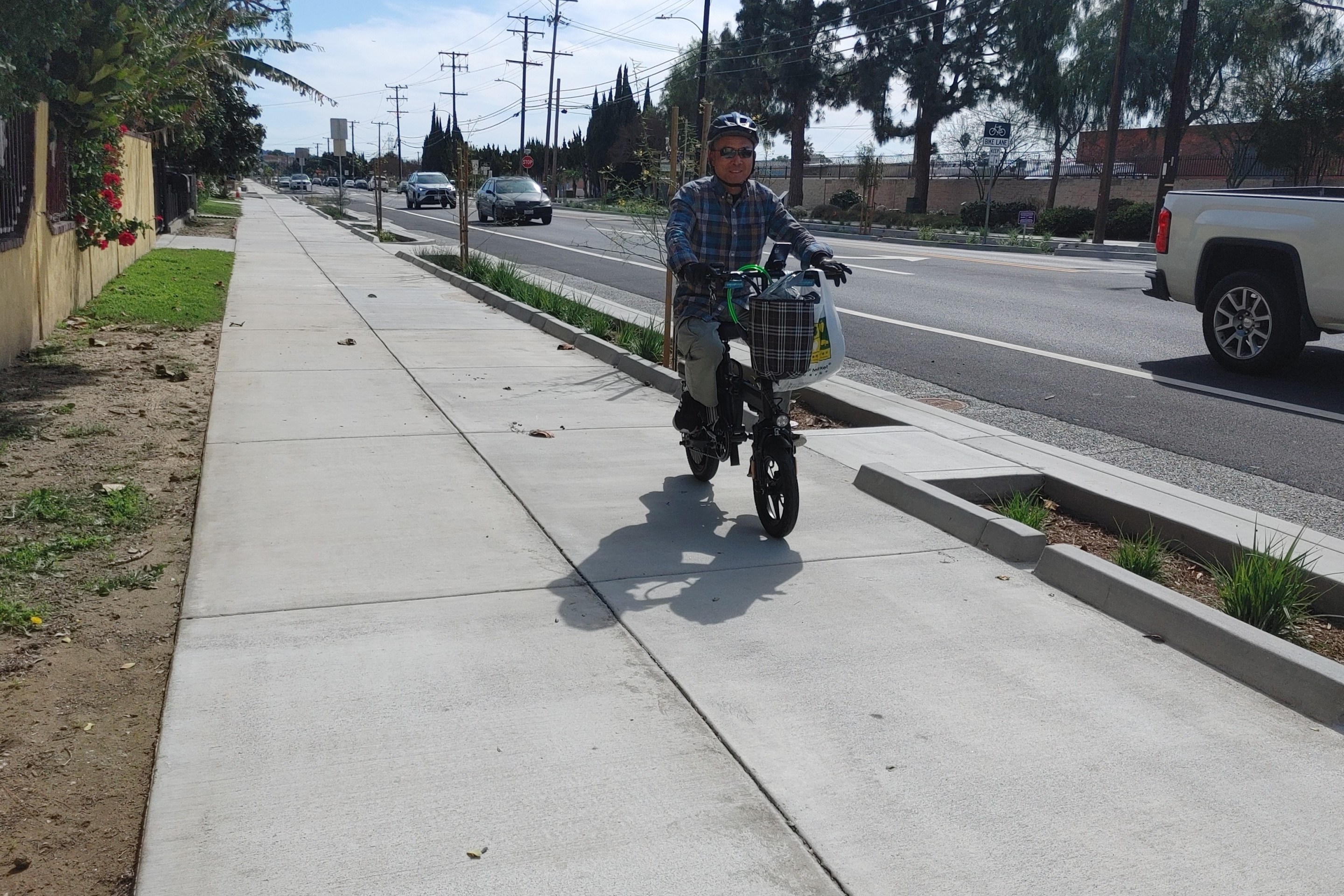Trucks and cars have crashed into the Gold Line right-of-way eleven times in the last decade - four times in 2018 alone.
To date, these vehicles have not hit a train or a station, but have extensively damaged rail infrastructure. These crashes cost Metro a great deal to manage and repair. For just five of these crashes (all the data available) Metro's estimated agency costs total $750,000. Overall totals are easily in the millions. The crashes subject transit riders to multiple-day service gaps and delays.
Metro and Caltrans are lucky that these crashes have not killed or maimed riders or operators. The current situation remains a clear danger to transit rider life and limb. Metro is planning a much-needed barrier upgrade, but the project, delayed by Caltrans resistance, is slowly moving forward.
On Sunday, the L.A. Times published the article "Trucks on the 210 Freeway keep crashing onto the Gold Line. A fix could get expensive" by Laura Nelson.
From the article:
In all, in the last decade, 10 trucks and one sedan have crashed onto the Gold Line along the six-mile stretch where the tracks run in the 210’s median.
All but two collisions occurred in the last five years, an increase in frequency that officials say they cannot explain. Six of the 11 crashes occurred while the Gold Line was running, stoking concerns that a truck could someday strike a station or a train with riders on board.
The barriers were installed in 1969 and 1976, when the roadway was built [...]
In the last 15 years, trucks have become taller and heavier, and the angle and height of the barriers are less effective at repelling speeding vehicles, [Metro executive engineering officer Androush] Danielians said.
“At the time they were being built, it wasn’t considered a flaw,” he said. “Now, it’s a flaw.”
Gold Line riders should be grateful to the Times for raising the profile of this project. The four grim crash photos show the reality of the issue. The article sheds light on what has led to the alarming situation and the delays in remedying it.
Metro's 210 Freeway barrier project had an initial rough estimated design cost of $11 million. The six-mile project is located mostly in the city of Pasadena, with about a quarter of the mileage in the city of Arcadia.
Last month, the Metro board was scheduled to approve an item (staff report) funding completion of design work. Specifically Metro would have approved a revised design budget of $22.5 million and awarded contracts for concurrent environmental review and design. These contracts would go to pre-approved engineering bench (Highway Program On-Call Services Contract) contractors AECOM, CH2M Hill, and Parsons Transportation Group. Metro has been pushing to speed up project delivery; the staff report acknowledges that moving quickly to complete this project is "paramount to ensuring public safety."
Unfortunately the board was unable to approve the item due to a lack of quorum of directors who did not have conflicts of interest with the proposed contractors. The item is expected to return for board approval later this month.
The project design cost has doubled. According to the Times, this is due to unanticipated project complexity, including shutting down a 210 Freeway lane resulting in an increase in cut-through car traffic in Pasadena. Caltrans has driven up costs by insisting on extensive traffic studies and mitigation.
Once design is complete, the construction funding will need to be approved by the board. It is not clear where this would come from.
One quibble with the Times headline, which asserts that this project "could get expensive." When Streetsblog questioned a Metro staff person involved in the project if it was a billion dollar project, the staffer responded with a guess that it would be closer to a $100 million. This is expensive for individuals, but, in a landscape where Metro has multiple multi-billion projects to widen freeways and build new rail lines, the freeway barrier is comparatively inexpensive.
Metro inaction has its cost, too, in responding to ongoing crashes. Fixing today's dire situation would be cheaper than responding to liability from a truck crashing into a train.
The 210 Freeway Barrier story was first covered by SBLA in July 2018. SBLA broke this story. The project was later covered in The Source, the San Gabriel Valley Tribune, CBS, KTLA, ABC, Pasadena Star News and now, ten months later, in the southland's paper of record. If readers value Streetsblog L.A. breaking important stories like this one - stories that the mainstream media generally get around to much later and generally from a car-centric perspective - then please support SBLA's independent journalism. Purchase tickets now for SBLA's May 9 Awards Dinner fundraiser and/or make a donation.





